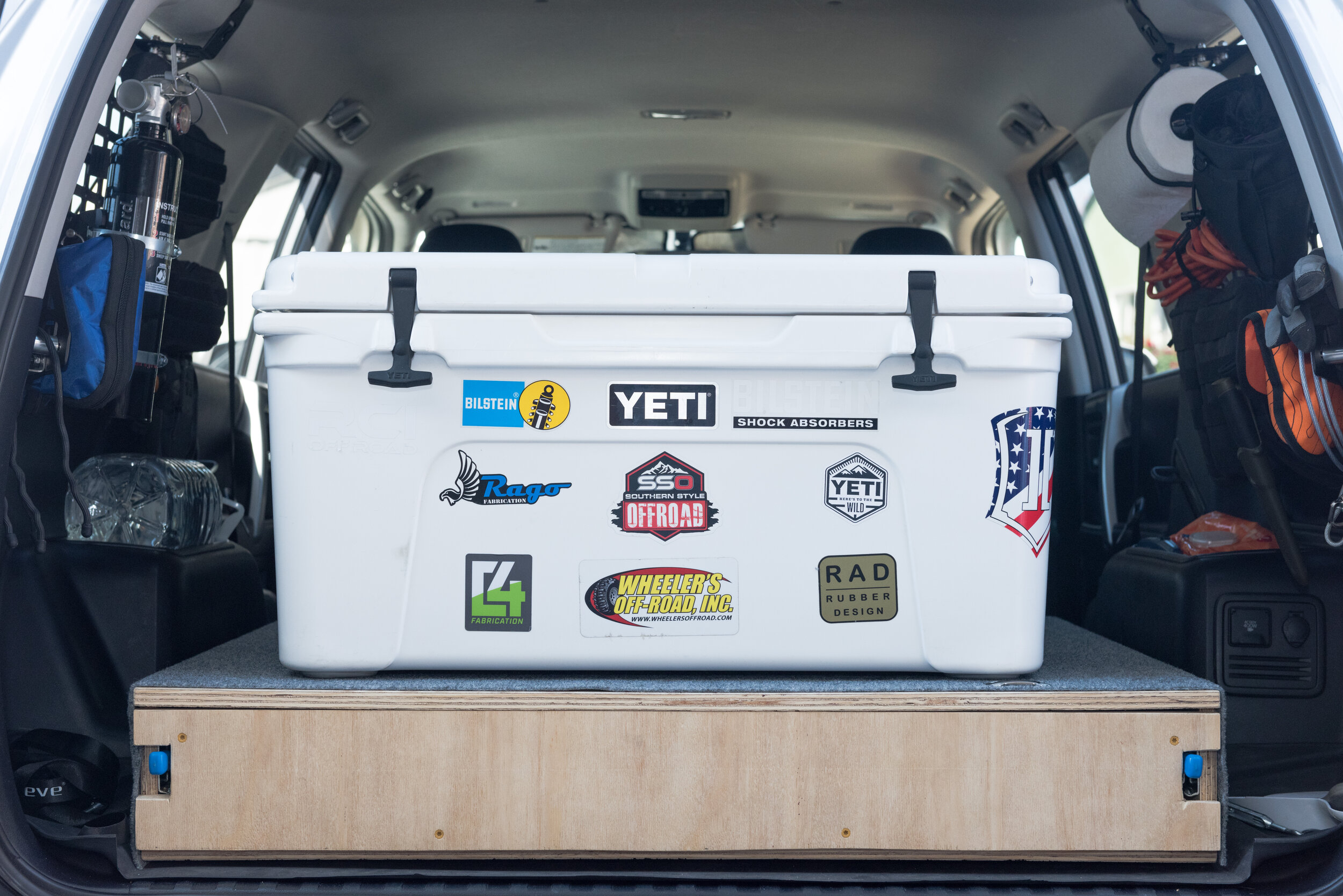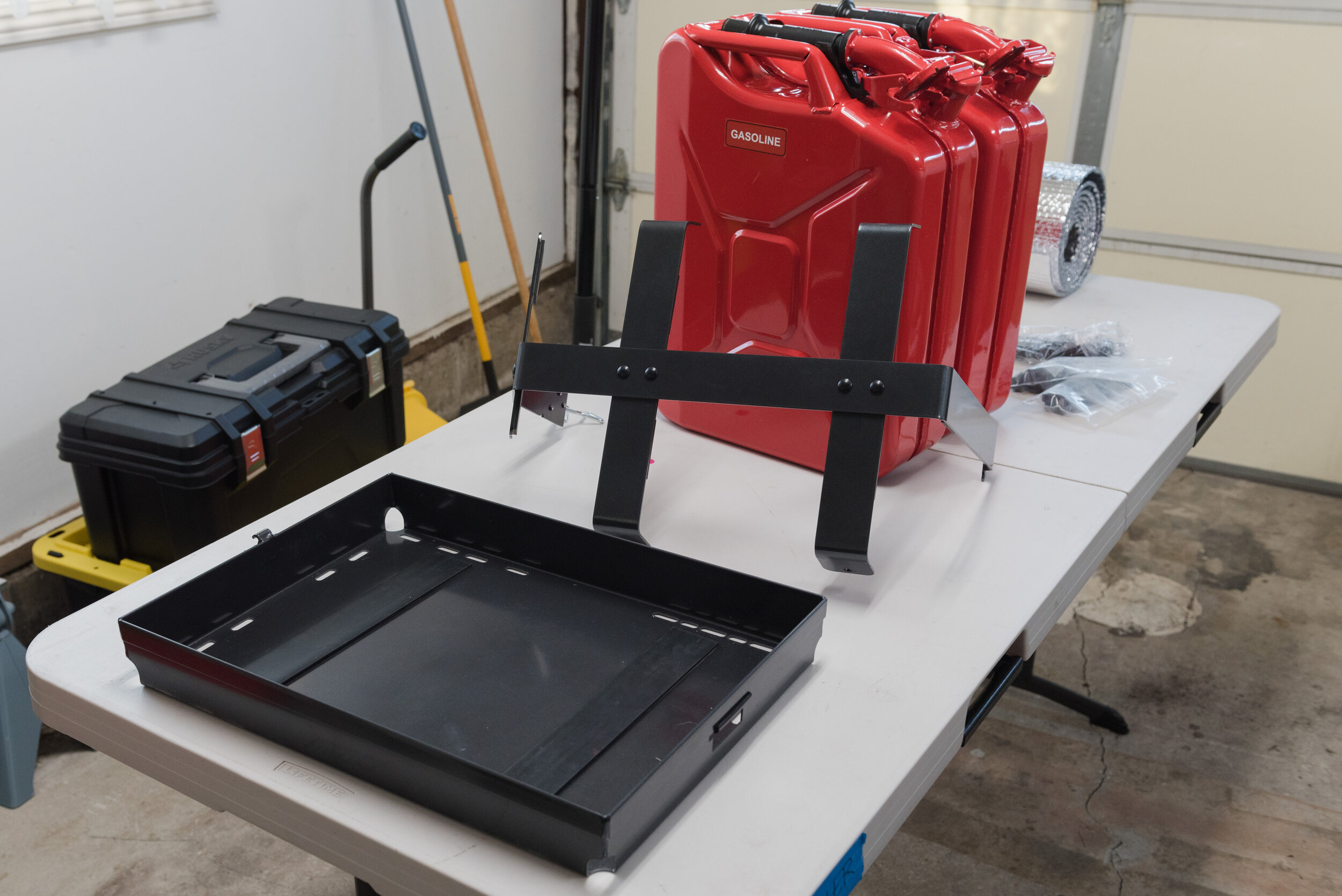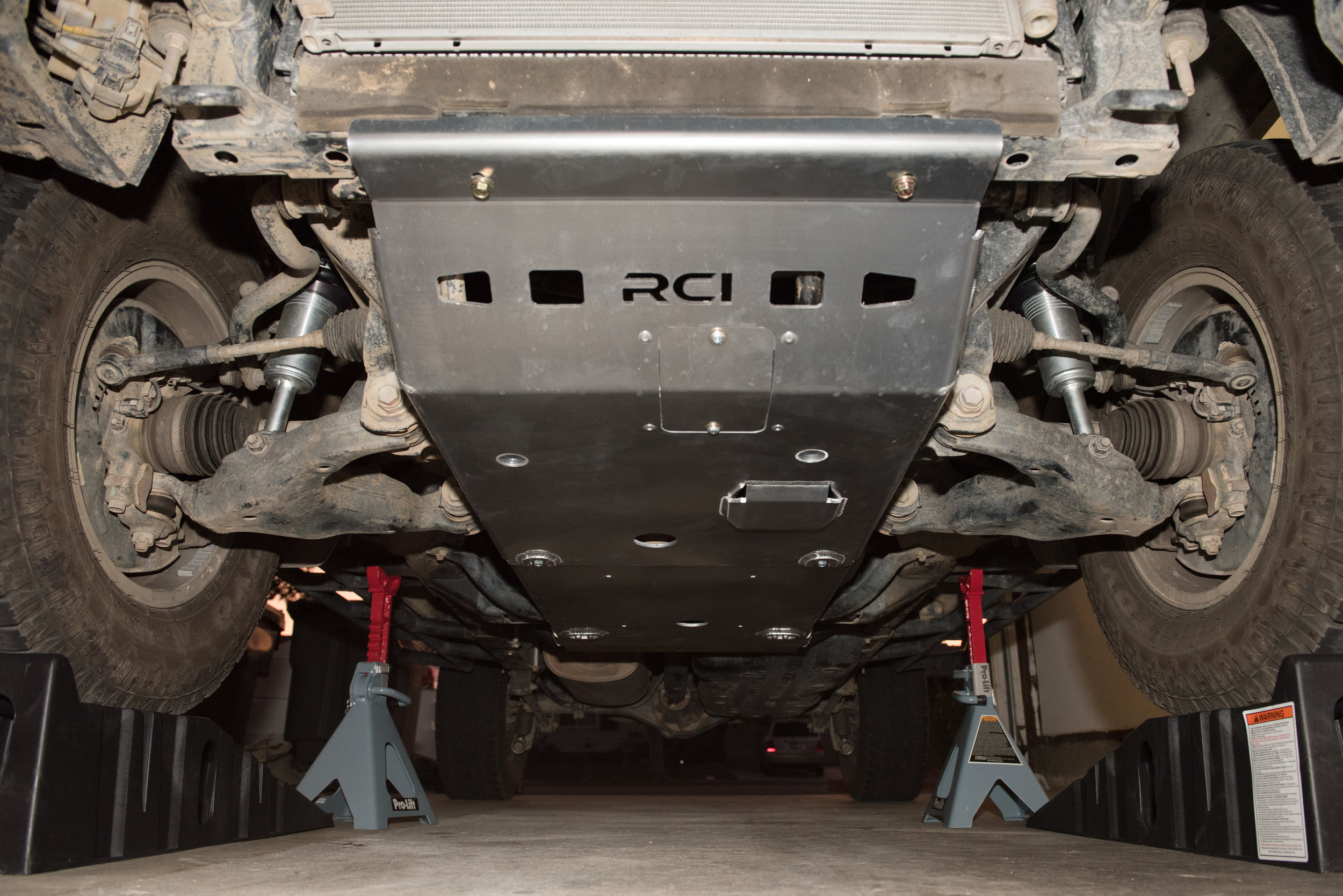Every great camping trip starts and ends with food and drink. A good cooler is almost essential for a successful adventure - no one should go hungry! Well, at least adventures that last more than a day-trip out in the wilderness.
There are many coolers out there and everyone will have a different opinion of what’s best for them. It’s important that you find a cooler that suits your needs based on at least the following:
How long do you need your perishables chilled?
How often you think you’ll be using a cooler.
How much money you want to spend.
Some individuals might prefer cheaper low-end coolers (<$100) that will just get the job done and keep things cold for a day. Others may invest in coolers higher-grade coolers (~$200-300) to keep goodies cold for more than a few days with just one block (I use gallon jugs) of ice. A select few may heavily invest in electric coolers, which are really cool, but can cost over $1,000 for a useful capacity. To me, it doesn’t make sense to spend $1,000 on an electric cooler when you only go out maybe once every blue moon. Additionally, running an electric cooler may require other modifications like a installing a slide system for easier access or secondary battery so as to not drain the starter battery.
Ultimately you get what you pay for in the cooler world. Let’s consider low-end and middle-of-the-road coolers. Regardless of what cooler you buy (the brand, style, ruggedness, etc), insulation is king. Well packed, dense, and evenly distributed insulation will minimize heat transfer between the cooler’s innards and the environment. Low-end coolers will have less dense insulation or even incomplete insulation. For example, some low-end coolers will not include insulation in the cover, or even use less dense Styofoam insulation within the walls and floor to save weight. The cheap-o cooler may also be made of a thinner plastic that is prone to denting or even cracking over time. Their walls are also often thinner than higher grade coolers - note that the thicker an insulating material is applied, the higher the insulation properties of the material.
Good quality coolers, which are albeit more expensive, are usually roto-molded from a thick, durable polyethylene plastic that completely encases the insulating material. No cracks, no holes! In most cases, the insulating material is an injected polyurethane foam, which stiffens as it cures. Wall thickness will usually span 2-3” or more, which means plenty of insulation! They’ll also feature rubber gaskets in the lids, which form an air-tight seal with the body of the cooler. This ensures warm air cannot penetrate the cooler and warm up its contents.
I selected a cooler based on the following parameters:
Budget of under $300, including shipping.
Must keep food/drinks chilled for more than 3 days with just one or two blocks (gallon jugs) of ice.
Likely used at least every other month for a few days at a time.
Must fit length-wise between rear passenger seat and trunk hatch.
Based on these requirements I selected the Yeti Tundra 65 Cooler, which has dimensions of 17 1/4” × 16” × 30 5/8”and weighs just under 30 lbs. It helped a ton that a friend of ours was able to provide a decent discount that was too good to pass up at the time. Since the Yeti I purchased is full white, it has been fun pasting on all the brand stickers that have come with the 4Runner mods I’ve purchased over time. Almost out of room along the sides.
Overall I am very happy with the performance and build of the cooler. I’m able to carry it comfortably by myself with the wing-span of someone 5’8”. People who have shorter wing spans may have some difficulty carrying it comfortably themselves. I’ve found the easiest way to carry it is not by the rubber/rope handles, but by the handle grooves in the cooler itself and balancing the weight of the cooler on my belly.
The cooler lid has a rubber gasket that audibly seals when the lid is latched down - always a good sounds! Additionally, the Yeti 65 is large enough for me to store 2 blocks and food for ~3-4 days for two adults, and that’s about all I need. We do pack some dry food to supplement our meals - usually we only refrigerate stews, meats, and perishable produce. Under regular use (at least lunch and dinner) I’ve definitely had both ice blocks last for a little under 5 days - so I’m definitely satisfied with the cooler’s performance.




























